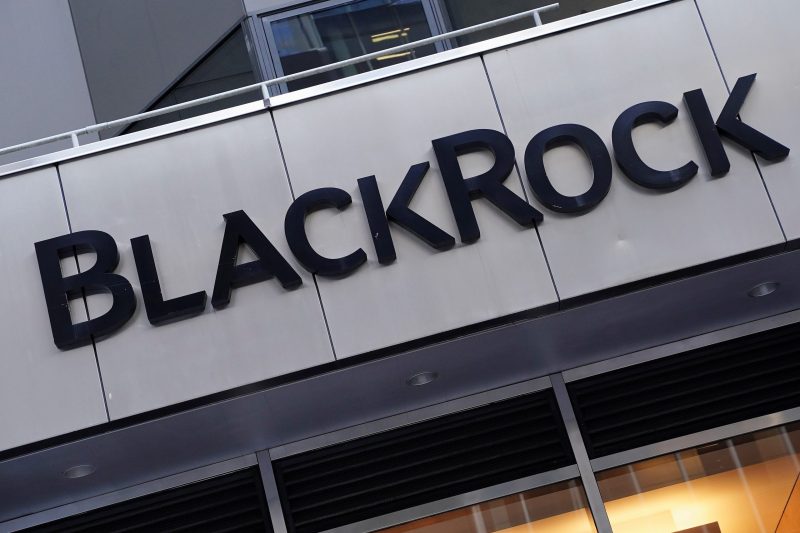Investors pulled about $523 million from BlackRock’s spot Bitcoin ETF, IBIT, on Tuesday, marking the fund’s biggest one-day outflow since it debuted in January 2024. Over the first week of November, U.S. spot Bitcoin ETFs lost close to $1.2 billion, and IBIT alone accounted for roughly $581 million of that total. These moves arrived as Bitcoin slid below the $90,000 support level and broader macro pressure intensified.
Why the Outflows Are Growing
The size of the withdrawals highlights the rising strain on spot Bitcoin ETFs as market sentiment shifts. Data from Farside Investors shows the $523 million drawdown stands as IBIT’s largest daily lapse to date. Many analysts believe institutional investors are locking in profits while also responding to growing macro uncertainty.
Several economic challenges are weighing on the crypto market.
- A lengthy U.S. government shutdown has shaken confidence.
- Weak job data raised recession concerns.
- Persistent inflation has pushed many investors toward safer assets.
Furthermore, the broader ETF market has not escaped the pullback. One report showed a four-day streak of outflows totaling $1.34 billion, and BlackRock’s fund drove most of that movement.
Market Structure and Rotation Dynamics
Even with recent turbulence, IBIT remains the largest U.S. spot Bitcoin ETF by assets under management. However, the slowdown in institutional accumulation suggests that the steady wave of inflows seen earlier this year may be losing steam. Some analysts noted that buying activity may no longer offset the supply entering the market through mining.
Interestingly, the bulk of the withdrawals came from BlackRock rather than from every ETF provider. This pattern hints at investor repositioning instead of a complete retreat from Bitcoin exposure. Several smaller issuers recorded far more modest flows during the same period.
Traders are watching closely to determine whether this exodus is a short-term pause or the start of a larger shift in institutional sentiment. If risk appetite improves perhaps through progress on federal funding negotiations or a more dovish Federal Reserve funds like IBIT could regain momentum. However, if Bitcoin breaks below the high-$80,000 range, additional redemptions may follow and intensify pressure on the crypto market.
